Search
Did you mean: Plato?
Search Results
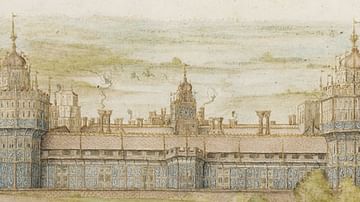
Image
Nonsuch Palace
A 1568 CE watercolour by Georg Hoefnagel of Nonsuch Palace, Surrey. The palace was built as a pleasure residence for Henry VIII of England (r. 1509-1547 CE) from 1538 CE. It was demolished in the 17th century CE.
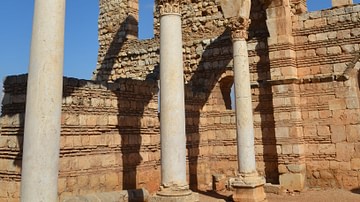
Image
Umayyad Palace at Anjar, Lebanon
The colonnades of the 8th century CE Umayyad palace at Anjar (Lebanon). The palace had a central courtyard surrounded by a peristyle and incorporated decorative or architectonic elements of the Roman era.
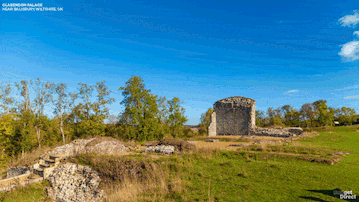
Image
Clarendon Palace, Wiltshire, UK - Reconstruction
Despite the composition of a very significant English legal document within its halls, this 12th-century palace is nearly forgotten. The ‘Constitutions of Clarendon’ were Henry II’s attempt to gain legal authority over church clerks, but...
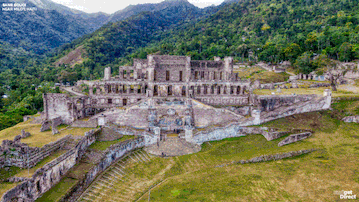
Image
Sans-Souci Palace, Haiti - Reconstruction
Revolutionary general Henry Christophe declared himself king over northern Haiti in 1811. According to one perspective, "Henry I" was a tin-pot dictator who forced his fellow Haitians back into virtual slavery and plunged the nation into...

Image
Basement halls of Diocletian's Palace
The basement halls of Diocletian's Palace were originally the supporting structures of the Roman emperor's residential quarters. They reflect the layout of the upper floor halls. Diocletian's Palace (Split, Croatia) was built at the turn...
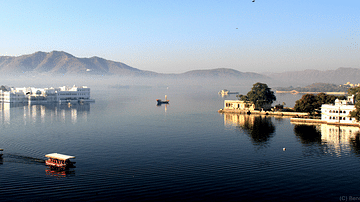
Image
Lake Palace, Udaipur
The Lake Palace of Udaipur, India. Built in the mid-18th century as a summer palace of the Mewar dynasty which ruled Udaipur, one of the Indian princely states.
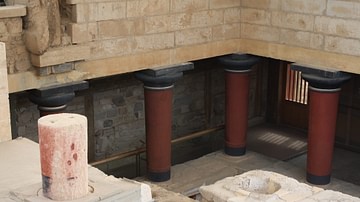
Image
The Palace of Knossos
The Minoan palace at Knossos, Crete (c. 1500 BCE).
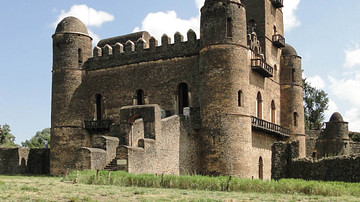
Image
Fasilides Palace, Gondar
Fasilides Palace in the Fasil Ghebbi, Gondar, Ethiopia. Gondar was made the capital of the Kingdom of Abyssinia (aka Ethiopian Empire) in 1636 CE.
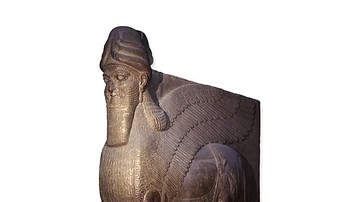
Image
Colossal Statue of a Winged Lion from the North-West Palace of Ashurnasirpal II
Colossal statue of a winged lion from the North-West Palace of Ashurnasirpal II, Nimrud (ancient Kalhu), modern-day Iraq. Neo-Assyrian Empire, c. 883-859 BCE. This is one of a pair of guardian figures that flanked one of the entrances...
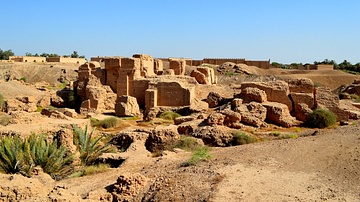
Image
Ruins of the North Palace of Nebuchadnezzar II
These are the ruins of the so-called "North Palace" of Nebuchadnezzar II at the ancient city of Babylon. Neo-Babylonian period, reign of Nebuchadnezzar II, 6th century BCE.